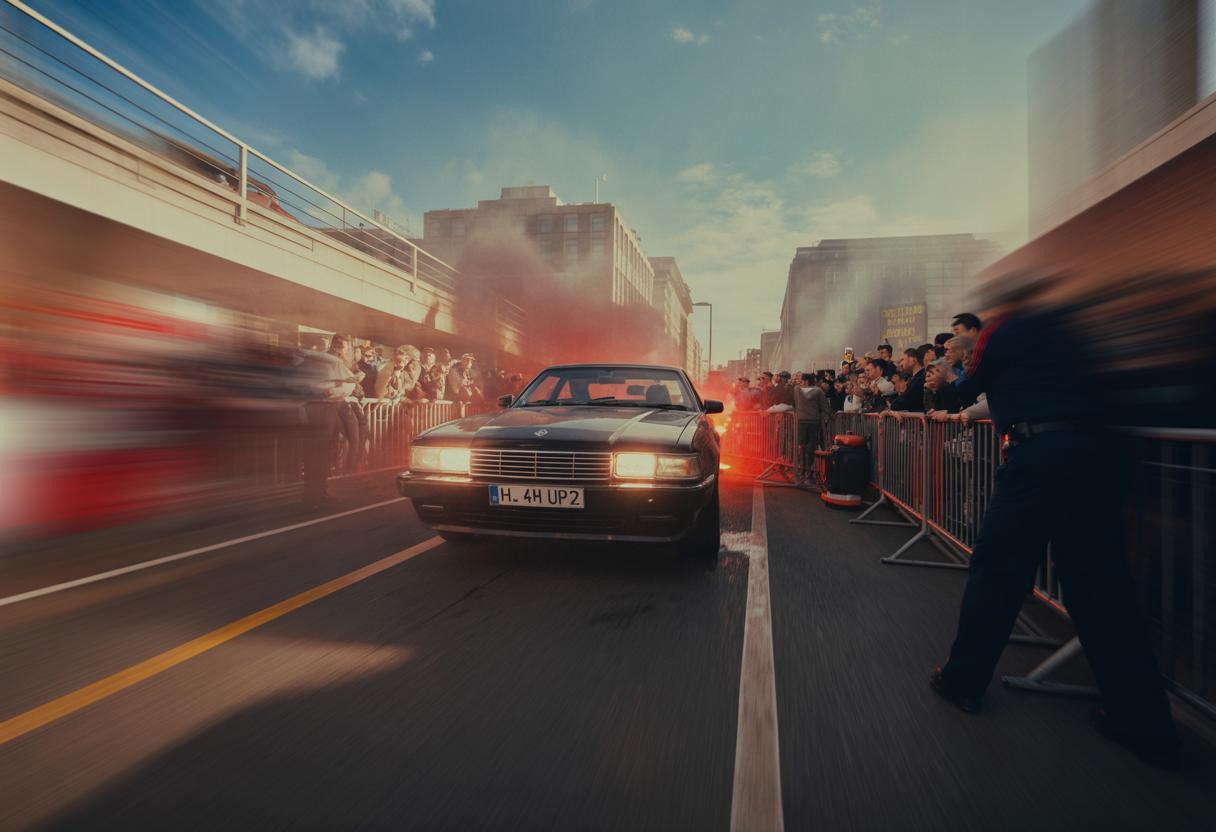When celebrating fans gathered in Liverpool’s streets for their team’s triumphant parade, no one expected the joyous occasion to transform into a scene of chaos and terror. On that fateful evening, a vehicle plowed through crowds on Water Street, leaving 79 people injured and a community grappling with how such a devastating incident could occur during what should have been pure celebration.
The moment everything changed in seconds
At approximately 6:00 PM, as thousands of Liverpool supporters lined the parade route, a Ford Galaxy suddenly accelerated into the dense crowd. Witnesses described the horrifying sound of impact as the vehicle dragged a mother and infant, overturning a stroller in its path. The driver had cleverly bypassed security by tailgating an ambulance through roadblocks, exploiting a critical vulnerability in the event’s protection systems.
When security measures become illusions of safety
Despite heavy police presence and established roadblocks, the incident revealed dangerous gaps in crowd protection. Like trying to hold water with a broken bucket, traditional security barriers proved insufficient against a determined individual. The breach highlighted how even well-planned events can become vulnerable when protocols aren’t foolproof.
“This incident demonstrates the evolving nature of threats at public gatherings. We must constantly adapt our security strategies to address new vulnerabilities,” explains Dr. Sarah Mitchell, a crowd safety specialist at Manchester University.
The ripple effect through an entire community
Beyond the immediate physical injuries, the psychological trauma spread like wildfire through Liverpool’s tight-knit community. Survivor Sheree Aldridge described existential dread as she feared for her children’s lives during those terrifying moments. The incident shattered the sense of security that public celebrations typically provide.
Critical lessons emergency responders learned
The rapid deployment of medical teams, including air ambulances, demonstrated the importance of robust emergency response protocols. However, with 27 people hospitalized and dozens more treated on-site, the scale challenged even well-prepared systems.
- Immediate medical triage saved countless lives
- Crowd control prevented secondary casualties
- Communication systems coordinated multiple agencies effectively
Technology that could prevent future tragedies
Modern solutions offer hope for enhanced protection. Advanced license plate recognition systems and AI-powered crowd monitoring could identify potential threats before they materialize. These innovations work like digital guardians, constantly watching for suspicious patterns that human observers might miss.
The long road to healing begins
Recovery extends far beyond physical wounds. Many victims require specialized support for trauma-related stress, emphasizing the importance of comprehensive health recovery after trauma programs that address both body and mind.
“Community resilience grows stronger when we acknowledge vulnerability isn’t weakness—it’s human,” notes trauma counselor Dr. James Rodriguez.
What this means for future celebrations
The Liverpool incident forces a fundamental rethinking of safety measures for large events. Enhanced barriers, improved vehicle monitoring, and better crowd flow management represent essential investments in public safety.
Will we let fear diminish our capacity for communal joy? The answer lies in transforming tragedy into wisdom, ensuring that future celebrations honor both the spirit of community and the sacred responsibility of protecting those who gather to share in collective happiness.
